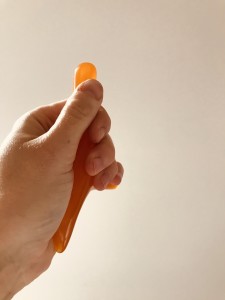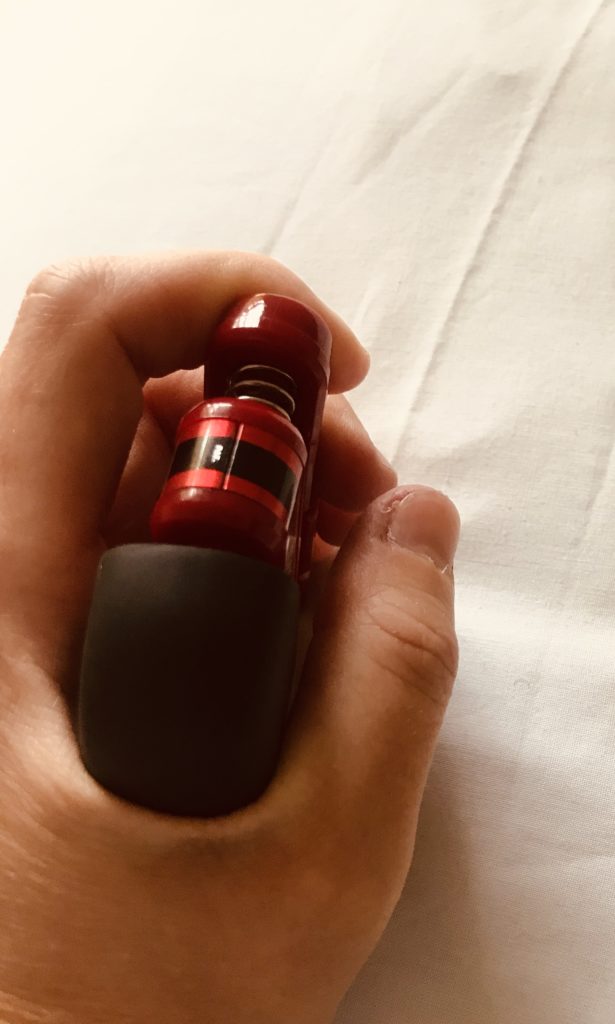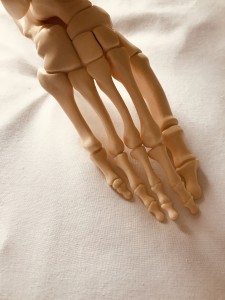Here are five of the proven benefits of a strong workplace ergonomics process:
1. Ergonomics reduces costs. By systematically reducing ergonomic risk factors, you can prevent costly MSDs. With approximately £1 out of every £3 in workers compensation costs attributed to MSDs, this represents an opportunity for significant cost savings. Also, don’t forget that indirect costs can be up to twenty times the direct cost of an injury.
2. Ergonomics improves productivity. The best ergonomic solutions will often improve productivity. By designing a job to allow for good posture, less exertion, fewer motions and better heights and reaches, the workstation becomes more efficient.
3. Ergonomics improves quality. Poor ergonomics leads to frustrated and fatigued workers that don’t do their best work. When the job task is too physically taxing on the worker, they may not perform their job like they were trained. For example, an employee might not fasten a screw tight enough due to a high force requirement which could create a product quality issue.
4. Ergonomics improves employee engagement. Employees notice when the company is putting forth their best efforts to ensure their health and safety. If an employee does not experience fatigue and discomfort during their workday, it can reduce turnover, decrease absenteeism, improve morale and increase employee involvement.
5. Ergonomics creates a better safety culture. Ergonomics shows your company’s commitment to safety and health as a core value. The cumulative effect of the previous four benefits of ergonomics is a stronger safety culture for your company. Healthy employees are your most valuable asset; creating and fostering the safety and health culture at your company will lead to better human performance for your organisation.

 IASTM – Instrument Assisted Soft Tissue Massage – This is the new buzz word at the moment among Physiotherapists, but this is not a new treatment technique, in fact instrument assisted soft tissue mobilisation has been used for thousands of years.
IASTM – Instrument Assisted Soft Tissue Massage – This is the new buzz word at the moment among Physiotherapists, but this is not a new treatment technique, in fact instrument assisted soft tissue mobilisation has been used for thousands of years.
 How Physiotherapy can help the workplace (from the Chartered Society of Physiotherapy):
How Physiotherapy can help the workplace (from the Chartered Society of Physiotherapy):



